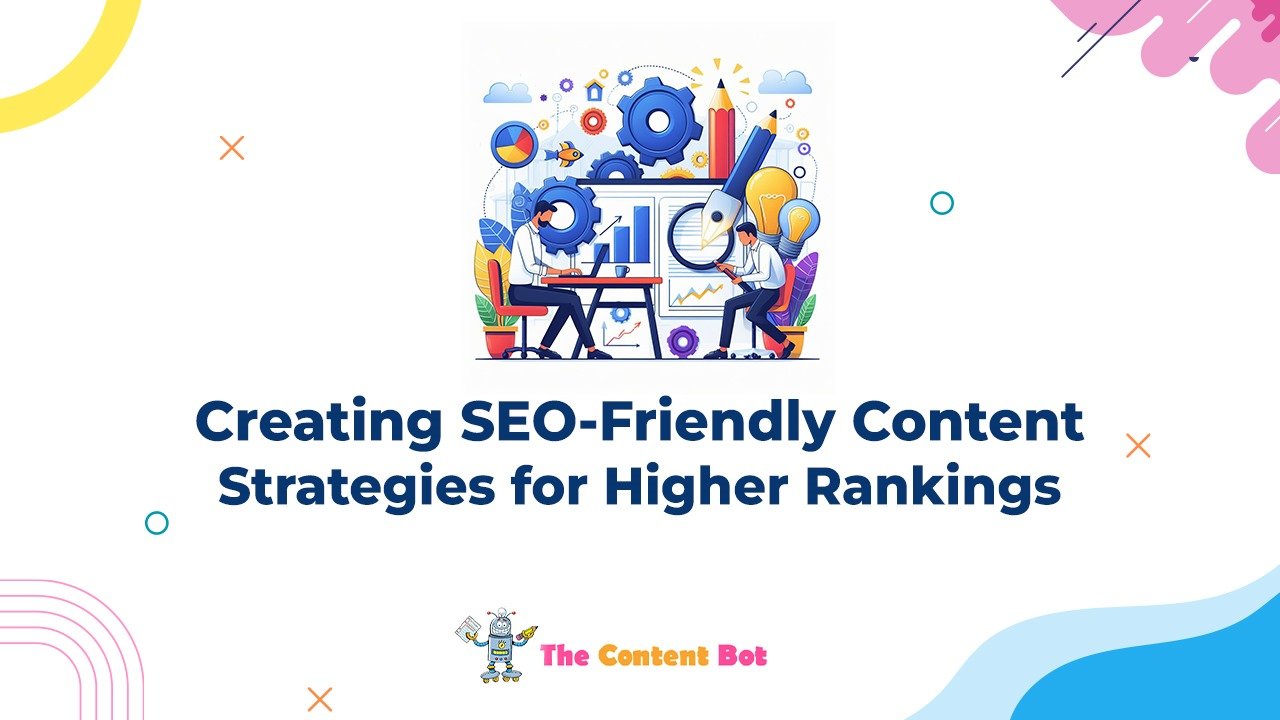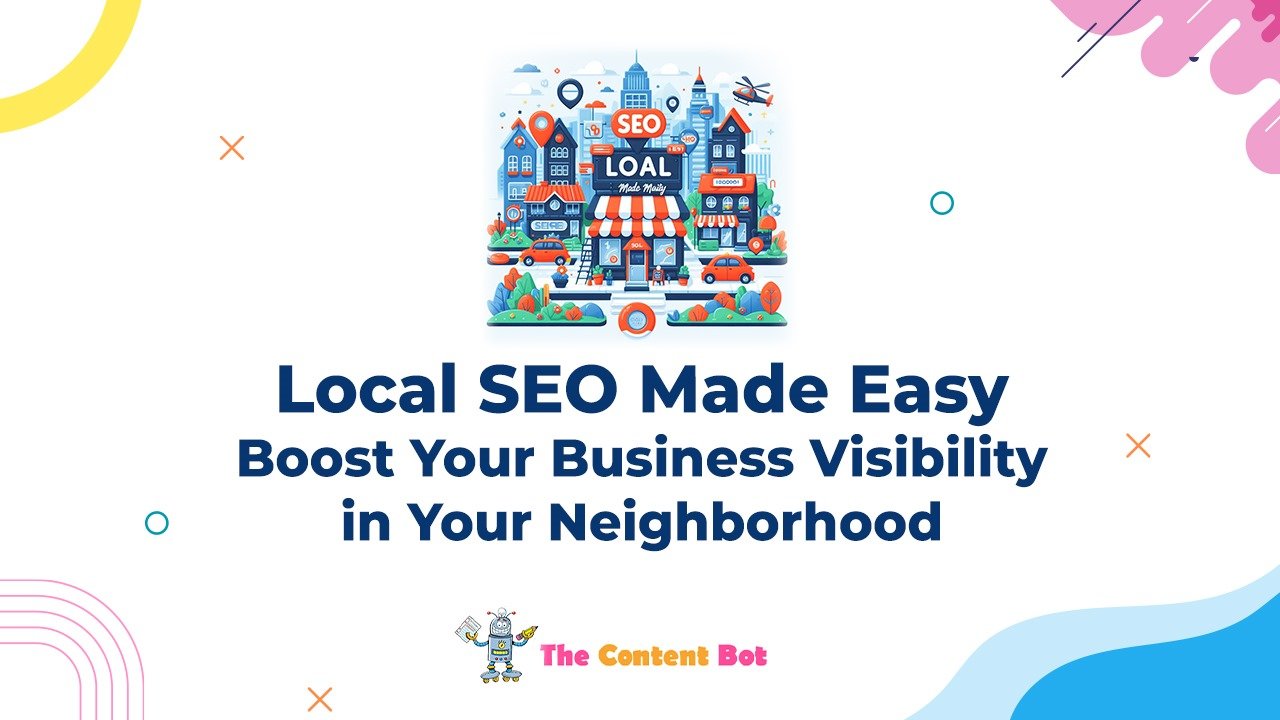PPC stands for pay-per-click, a model of internet marketing, used to drive traffic to websites, wherein the advertiser pays t the publisher each time the ad is clicked. Read some unheard PPC statistics.
The most common type of PPC is the most paid search ad. These ads appear when you search for something online like on Google, usually, it’s a commercial search wherein you search when u have to buy something. Sometimes PPC can work overnight but generally, it takes up to 3 months for PPC to work. This can serve as a training period for your ad wherein you can evaluate your campaign and keep gathering data to make the necessary changes
Some key concepts in PPC-
CTR
The CTR (click-through rate) is the percentage of users who click on an ad concerning the total number of users who have seen it. A better advertisement will have higher ctr.
Segmentation
Online advertisements allow you to segment your advertisements based on age, location, interests, behavior, etc.
Impression
It is the visualization that an advertisement receives, irrespective of whether the ad has been clicked or not
Landing page
It is the site to where you are directed after clicking the ad. It is important that the landing page is relevant and has clarity.
Conversion
It means measuring the performance of ads in economic terms. Conversion is the purchase made by users after clicking the ad
Conversion ratio=No of conversions/web visits
Frequency
The number of times an ad appears during a specified period
The working of PPC
The publishers cannot simply pay extra fees to make their ad more prominent compared to others to appear alongside the results on a search engine.
These ads are subject to ad auction which is an automated process used by Google and major search engines that will determine the validity and relevance of advertisements that appear on their SERPs
How does PPC work on Google Ads? In a PPC campaign, you pay Google however much you wish to have them list ads for your website at the top and right of the organic search listings. Once somebody clicks on your ad, you pay the current Cost Per Click (CPC) from your budget. Google stops running your ads when your budget has been exhausted and you have to replenish your funds.
Another example can be PPC on social media. These ads are located within the user’s social media experience. These ads can be high segmented such as bachelors who recently moved to ‘X’
Search engine advertising, also known as search engine marketing (SEM), shows ads based on keywords you type (for example, “car-sharing in new york”). SEM is highly visible, as it appears on the first result page of the search engine it is very effective as it aims at customers that have specific needs
These are some different types of Google ads which include, search ads, display ads, local search ads, and remarketing
How to set up PPC
- Sign up for an advertising account with the platform.
- Create ads (and select the right targeting by adding keywords or audiences, etc.).
- Set the maximum cost you are willing to pay for each click.
- Your ad goes into an auction with other advertisers who are bidding on the same keywords.
- The auction determines the order in which the ads are shown.
- You pay when someone clicks your ad.
Pros of PPC
Cost-effective
Unlike other modes of advertisement where you have to pay irrespective of whether the ad is clicked or not, in PPC you only need to pay when the ad is clicked You can choose to spend as much or as little as you like.
Targeted
You can choose your target audience and set demographics according to location, language, etc.
Measurable
PPC campaigns are measurable. Networks such as Google have tools that help the website owners to track the engagement and ROI.
Customizable
The website owner can customize and adjust the ad according to what works best for them.
Fast
The impact of PPC efforts is almost immediate. Making a PPC is also easy. It is very easy to set up a PPC campaign through Google AdWords or equivalent channels from other search engines.
Cons of PPC
Time investment
You can’t simply set up your PPC campaigns and leave them. You need to speculate and invest time in optimizing and improving to get the best results.
Skills required
It will take some practice to line up effective campaigns. Many businesses choose to use a specialist agency.
Costs can quickly add up
If you don’t monitor and optimize your campaigns and get a return on investment then money can be wasted. You will need to allocate a budget for PPC campaigns, unlike SEO tactics where the investment is time and skills.
Clicks and visits don’t always lead to sales
It’s not always important that when the visitor clicks there is going to be a sale, it depends on the business to convince the visitor to convert and purchase the product.
PPC Statistics
- According to social media today, 7 million advertisers have invested an amount of $10 billion in PPC ads. This is proof that PPC advertisements are profitable and relevant.
- 79% of marketers say PPC is extremely beneficial to their business
- The bright local report points out that 97% of consumers search the Internet for local businesses. This data shows how much we rely on the Internet for consumer needs. It also shows how profitable PPC can be if u reach the target audience.
- With PPC visitors 50% more likely to purchase rather than organic visitors, this is one of the most effective online marketing tactics.
- Google ads have an ROI of 200%, which means for every 1 dollar spent they earn $2.
- PPC visitors are 50% more likely to purchase something than organic visitors.
- Paid ads appear to be effective not solely in drawing in the clicks, but additionally in leading to actual purchases.
- Data provided by Moz suggests that users who reach a target website through PPC ads are 50% more likely to purchase those who found the same website through organic results.
- Google and Facebook are the biggest players in the PPC market. They are the most popular platforms, generating the most revenue and holding large portions of market share. Google and Facebook have 37.2% and 19.6% market share respectively
- 96% of brands spent their money on Google ads.
- 40% of instore purchases begin online
- According to search engine land Three-fourths of people (75%) say paid search ads make it easier to find the information they are searching for on a website or search engine. One-third of people (33%) click on a paid search ad because it directly answers their search query.
- According to social media today, 40 percent of brands want to increase their PPC budget, indicating that this is an effective and lucrative tool for marketers
The success story of quench
Quench is a business found in the mid-2000s. They set up a green alternative for the traditional five-gallon water coolers. Until 2009 they were having a steady growth but from 2009-2011 they experienced 100% growth in revenue, increased operations from 15 local markets to 35 of the top 50 U.S. markets. This is because they decided to ramp up their marketing using PPC.
Also Read: Facebook Ads & Instagram Ads







One Response